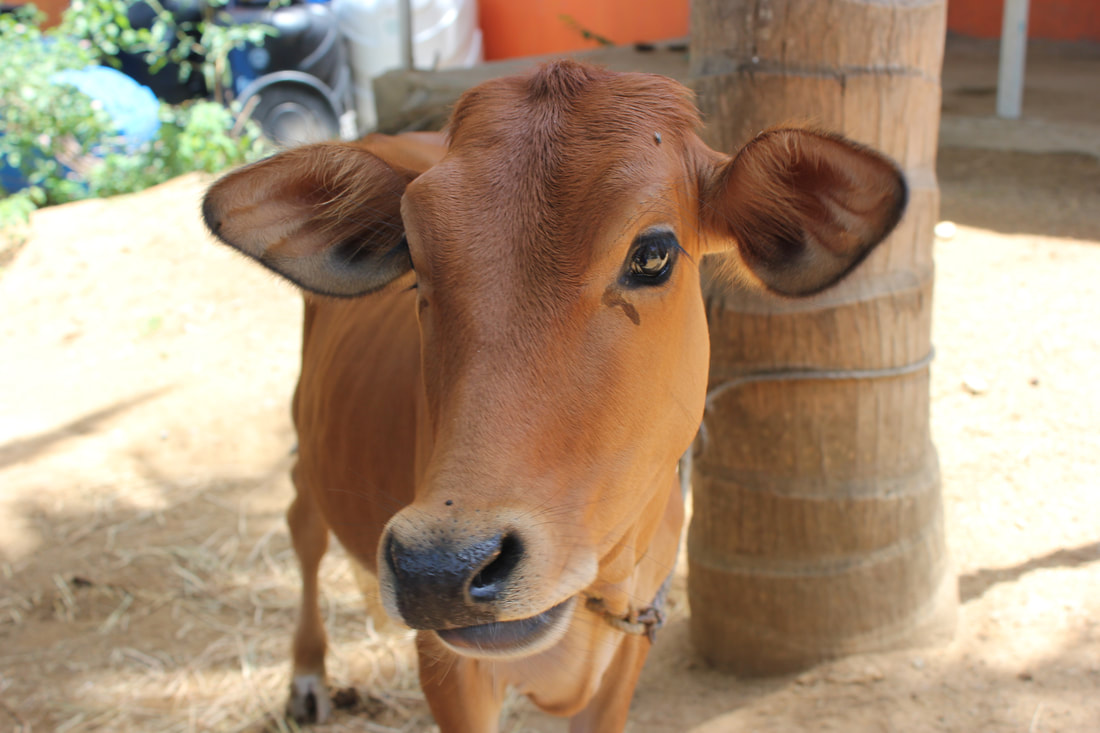Reverse Innovation Projects
What is Reverse Innovation?UA in India was inspired by Dr. Vijay Govindarajan and his book, Reverse Innovation. The idea behind reverse innovation is twofold.
1: When companies in the developed world want to enter a developing market, they should talk to the consumers of a developing market to determine what they need and desire instead of assuming that these consumers want less expensive versions of products sold in the developed world. 2: These products created expressly for the developing market with an appropriately low price can eventually be introduced to more developed markets at higher prices with significant profit margins. The STEM Path to the MBA welcomed Dr. Govindarajan to campus in Fall 2013 to talk about his ideas and share experiences he witnessed when companies like General Electric practiced reverse innovation. Students were inspired by him and developed UA in India - a reverse innovation experience. The goal of the trip is to immerse the students in Indian culture as much as possible in 3 weeks. They learn first hand about the country’s poorest people through field visits, spend a week working in teams on a reverse innovation project, and hopefully come away with a number of ideas for products that could be created for this market. |
|
Reverse Innovation Projects
|
The objective of this study abroad trip to India is for the students to learn about the various segments of poverty in a developing country and then work in teams to develop ideas for affordable products and services. These products should improve the daily lives of the people at the bottom of the pyramid, provide jobs that would lift some out of poverty, and have the potential for applications in the developed world.
Students in The University of Alabama’s STEM and CREATE Path to the MBA are taught a process for innovation and design that involves repeated, quick development of ideas, testing these ideas through customer interviews, and pivoting the idea until the students arrive at an idea that they believe is ready for prototyping. Once a prototype is created, students go back to potential customers, in much larger numbers, to validate the business model. During the final week the students identify the areas of need they want to focus on and split into groups to develop a business idea and conduct lean customer discovery in order to develop a business model. Each day the groups of students travel to one of the local villages and talk about their business idea. These clusters of interviews typically last 3-5 hours each day. During the afternoons, the groups work on adjusting their business models to better fit what they had learned that morning. In the evenings, we all gather, the groups pitch the new iterations of their ideas, get feedback, and then hit the villages again the next morning. After five days of iterations, the students have a final presentation to pitch their ideas to a panel of leaders from these local villages. |
Student Projects from Previous Years
|
2015, 2016, and 2017 continuing project with the goal of providing clean water to rural communities.
|
2016 project with the goal to tackle the of lack of light in stores and homes. They worked to develop a low-cost lighting source and explored potential for solar energy.
|
2015 project that started researching biofuels and pivoted to innovations in organic fertilizer.
|
|
2016 project focused on the model of single-use sachets and exploring options for waste reduction.
|
2015 project with the focus of connecting employers with qualified workers.
|
2015 project with the goal to improve the cold chain to allow fisherman to preserve their fish long enough to reach better markets.
|









